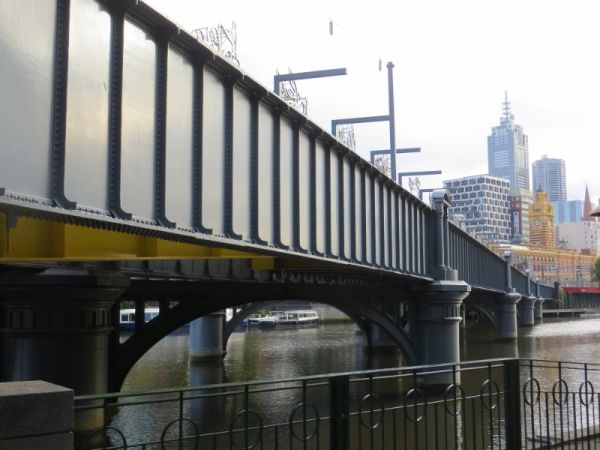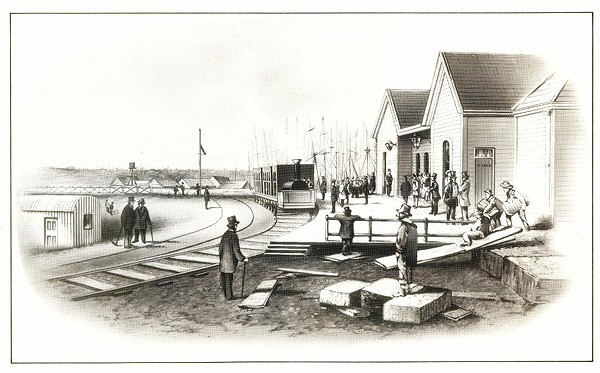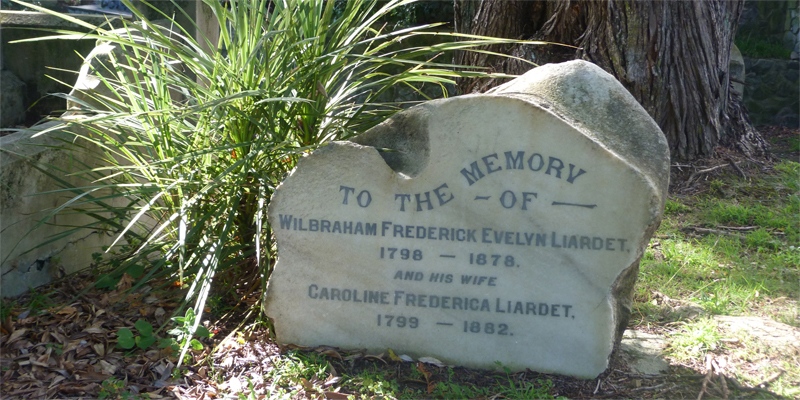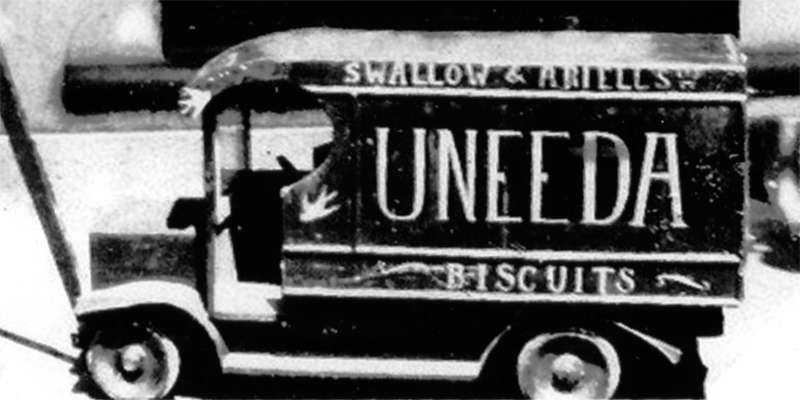The first Australian railway
Flinders Street Station c1854. Australia’s first railway. Sketch by S.T. Gill showing the first station buildings and the single line from Sandridge.: Culture Victoria
‘Yesterday was memorable in the annals of Victoria and of Australia, for the opening of the first Australian railway’ (The Argus 13 September 1854)
On 12th September 1854, the first journey on the first steam railway in Australia was taken between Melbourne and Sandridge. The railway may only have been 2 and 1/4 miles long, yet as one writer boldly said, it was “the parent of the 25,000 miles of railway in Australia today.”
The discovery of gold and the attendant population explosion had highlighted the need for a more efficient connection for passengers and cargo between Hobsons Bay and Melbourne than the tortuous course up the Yarra. The Melbourne and Hobsons Bay Railway Company was formed to raise capital and to build the railway.
Four steam engines were ordered from England for delivery in May 1854. A month later, with the line completed and still no sign of the engines from England, engineers were asked to quickly build an engine which was assembled at the Sandridge Terminus depot.
To celebrate the occasion “A festal excursion by rail from Melbourne to Sandridge, numerously attended and of the most pleasant description’ was held. The refreshment ‘set forth was an agreeable surprise to those who imagined the affair was to be on the cheap and shabby system.” Public traffic began the next day and straight away it was well patronised.
The Port Melbourne train line was closed in October 1987 (a move that was both mourned and resisted) to be replaced with light rail – all part of a broader government strategy to open up redundant industrial and railway land for redevelopment.
In 1993, the viaduct at Queens Bridge which connected the Port Melbourne line with Flinders St Station was demolished to make way for the Casino. The Sandridge Railway Bridge, after lying neglected for many years and after many public debates about its future use, was brought back to life for the Commonwealth Games to tell Melbourne’s story of immigration. The bridge is striking for the angle at which it crosses the Yarra as illustrated in the photo below.

David Maloney at the National Trust wrote passionately in defense of the heritage significance of the railway “The singular importance of this route is emphasised by the uncompromising manner in which it cuts across Melbourne’s north-south grid layout. The industrious solidity of the Sandridge rail bridge skews dramatically across the Yarra like a giant signpost pointing to the port and the world beyond.”
There are many rail experts out there – please notify PMHPS of any errors or if you have further information.
Sources and further information
The Argus Wednesday 13 September 1854, p5
David Maloney Trust News March 1990
David Maloney Trust News, October 1992 for strong arguments on the historic significance of the railway
undated typed notes in the PMHPS files, no author, but very detailed information





3 Comments
Laurence Angwin
Benjamin Angwin , a Cornishman, was one of the first railway drivers on the Sandridge to Flinders Street line. He was among the first ‘ticket holders’ which I think was a forerunner to unionism. He lived in Railway Street West Melbourne. There were wooden staircases from this street to the rail yards.
William Angwin was the son of Benjamin and he also became an engine driver on this line into the 1920s. He,too, lived in West Melbourne. William Angwin moved to Daylesford in about 1880 to drive the regional train. By 1900 he and his family lived in Port Melbourne . I hope to learn more esp. about ‘ticket holders’.
Mike Pattison
Hi Lawrence, my great great , great grandfather (William Pattison) most likely worked with Ben and William. He drove the first train from Port Melbourne all those years ago. An amazing feat what they achieved building that first engine. Cheers Mike
Anthony McLean
I am seeking further information on WW1 Soldier on the Blanchetown WW1 Memorial:
Benjamin William Angwin
Born Daylesford, Victoria
WW1 Number 3267
Born 28 Feb 1898
Died 1970
If anyone has further details on this WW1 Soldier, i am interested in ensuring his story is told.
Regards
Anthony